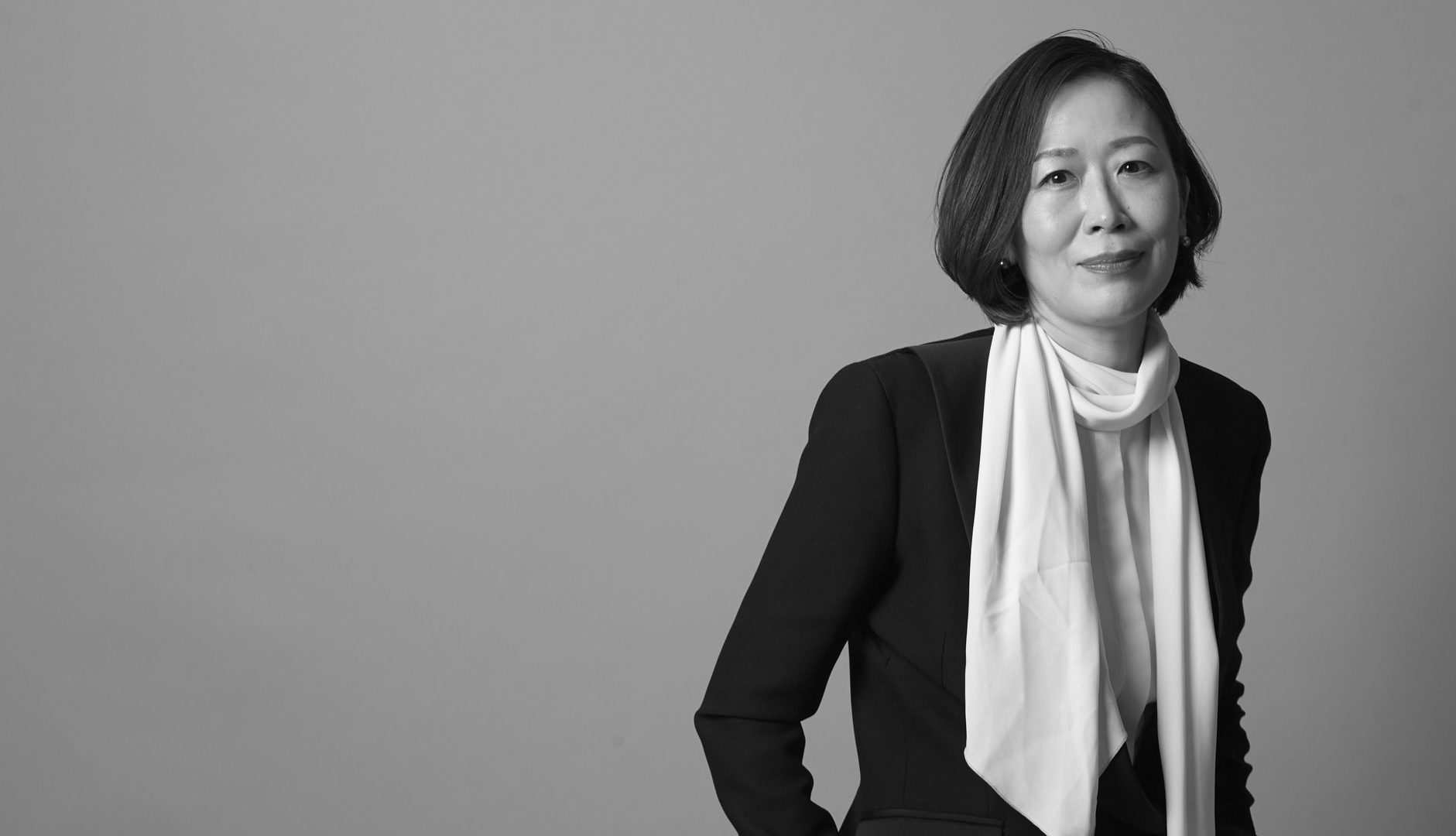The photographer took a series of pictures documenting the transformation of the headquarters of Maison Taittinger in Reims.
Opening onto an entirely different concept than that which appears at first glance, giving different meaning to the materiality of an object or a location, proposing an entirely different outlook on forms which were previously familiar: the quest of Hervé Robillard is as much about intuition as it is about complex thought. To begin with, in response to the question of why he chose the medium of photography as a mode of artistic expression, he replies that he saw in it “a means for questioning what may exist in the highest realm of thought”. The ambition of an artistic life, therefore, informed by the two themes of “philosophy and openness to the world”. At a very young age he developed a passion for Asia, for the philosophy of the Far East, to the point that, for the last 25 years, he has divided his time between France and Asia. “I have never been completely satisfied with what Western thinking said about life,” he explains. It couldn’t be the only way to see the world.
Therefore, upon reading the works of the philosopher François Jullien, Hervé Robillard put into words what he felt upon contact with these distant cultures. “Jullien tells us that Western thinking, that of the Greek philosophers, is based on the question of being. Chinese thinking, and that of others in the Far East, is entirely different, however.”
Without rejecting Western philosophy, the photographer has positioned his work “in that exact space, that in-between space open to us between these two poles of philosophic thought”. For other possibilities, not about the “being” therefore, but “almost exclusively about the place and the object”. Hervé Robillard found in Asia the inwardness, the space, the work of architect Tadao Ando which has accompanied him for such a long time, the materiality and the immateriality of things, to name but a few.
Over the years he has therefore collaborated with museums, photographing fossils, ancient bowls, ploughshares, medieval textiles or swords – always in natural light – to show all the variations in form, the roughness, the nicks, the breaks. “I do not in any way reject the scientific work on these objects, however the photographic medium allows me to reveal another world, to open up an imaginary place, showing a greater expressiveness of these objects.” This is a subtle task, solely in black and white, across the entire scale of grey, the grain, the light quality necessitated by the shot location. “I like creating confusion, when you no longer know whether what you have in front of you is a photograph, or in fact a drawing or an etching.” For Hervé Robillard, the last two years have been defined by a long-term relationship with Maison Taittinger in Reims. At the time when she met the photographer, Vitalie Taittinger, the President of Champagne Taittinger, was about to commission large-scale renovation work at their headquarters, situated on the former chalk cellars of the Saint-Nicaise Hill, in Reims. She suggested that he follow this transformation work for two years.
Hervé Robillard recalls having already worked in an intense fashion on a location. It was in Sarajevo, in a town in ruins, more than twenty years ago. Then in the abbey of Notre-Dame de Sénanque, in Provence. Time standing still. For him, every time it is “a search for the spirit of the place, its vibrations, its interiority”. In Reims, Vitalie Taittinger gave him carte blanche. “I approached this place with my existential competence, rather than with my skills,” he notes. “I sought to be at one with the genius loci to allow a more powerful reality to appear, which is attuned to the strong heartbeats of the internal world.” The approach is meditative, almost contemplative, he says, to “immerse us in the infinite presence of the place”. It is no longer a question of place, therefore, but “of the être-lieu, meaning ‘being-place’, in both its material and immaterial relationships.”
The artist brought his own perspective to this construction site, the walls, the floors, a few decorative elements or scattered materials. His work is not documentary in nature. Hervé Robillard seeks to reveal the beauty in all this. “For me, things are in perpetual movement. I try to enhance the beauty, to find their profound reality. I assign them a kind of intranquillity.” For the exhibition of the thirty-four photographs selected from a total of eighty-four taken for Maison Taittinger, he chose to present all of them in a very small format. They are all in an 11×11 square format. Miniatures in other words. “Rather than allowing to see, letting appear.”
The details, “the exhumed surfaces before they were covered up again, the successive metamorphoses”, a form of intimacy created. In Saint-Nicaise, he felt “a current” pass through him and then circulate between him “and all the dimensions of this place”. “And I found there the form of unity that I sought,” he says. “When I take these photographs, I am not in front of the world, but in the world.”























